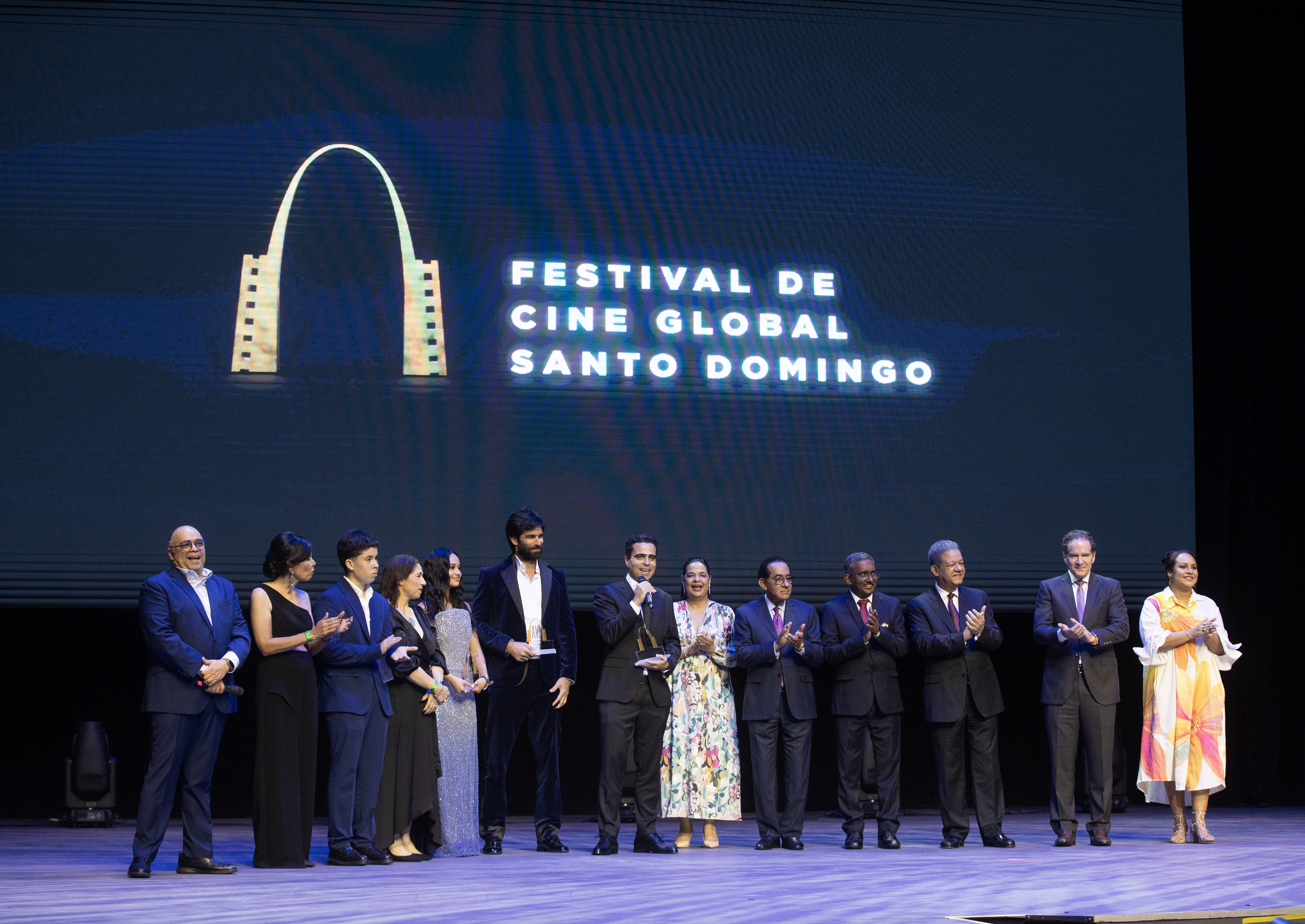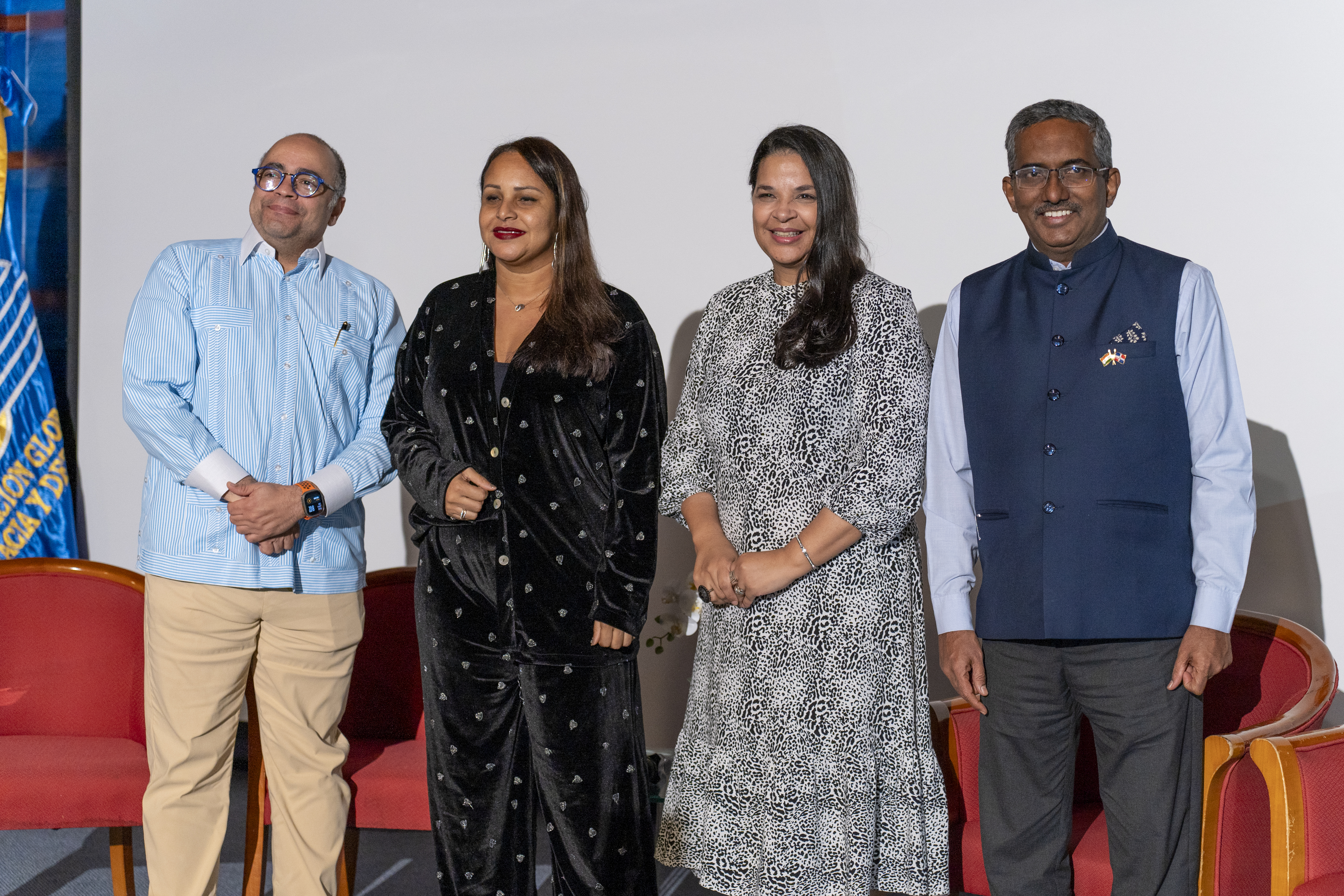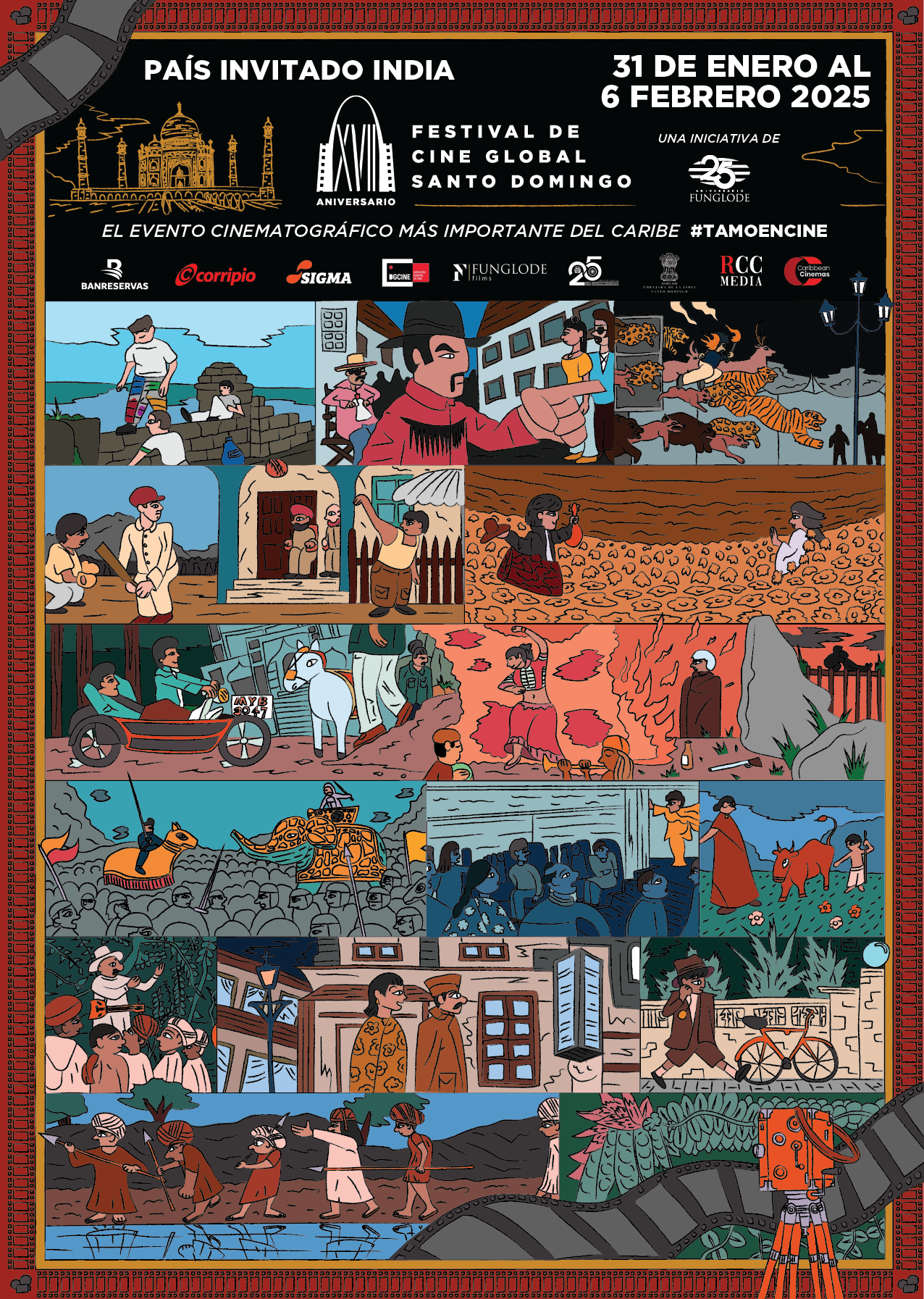Ozone Layer Awareness Day
 | Ozone Layer Awareness Day The Ministry of Environment and Natural Resources commemorated World Ozone Layer Day at an event in Jarabacoa where the Minister stressed the position of the Dominican Republic with regard to the Montreal Protocol. The DR has fulfilled all of its Country Programs and projects on schedule and they have been approved by the Executive Committee. The activity was headed by the Minister of Environment and Natural Resources, Ernesto Reyna Alcántara, who said that his Ministry is providing the resources and development instruments for a permanent dialogue and for coordinated actions to be carried out with other government organizations, universities, … The activity was headed by the Minister of Environment and Natural Resources, Ernesto Reyna Alcántara, who said that his Ministry is providing the resources and development instruments for a permanent dialogue and for coordinated actions to be carried out with other government organizations, universities, research centers, productive centers and civil society. He added that they are important for the near future in order to be able to rely on sustainable development especially in harmony with the preservation of the ozone layer. “The Dominican Republic has established norms and practical measures that have moved it toward an excellent fulfilling our requirements in a timely fashion with regard to the elimination of substances that destroy the ozone layer,” said the Minister. Minister Reyna Alcántara used the occasion to announce the creation of a monitoring and toxic control network, beginning with the delivery of the first 6 pieces of equipment to the Green House Marketing Program (PROMEFIN in Spanish). The National Ozone Program (PRONAOZ in Spanish) is the executive unit of the Country Program to Protect the Ozone Layer in the Dominican Republic which operates from the office of the Deputy Ministry of Environmental Management. In 1995, the Dominican Republic began the process of incorporating into the Montreal Protocol for the Elimination of Ozone Depleting Substances (ODSs) once it is formally accepted by the Executive Committee. One of the most important projects undertaken by the country has been the Terminal Plan for the Elimination of all refrigeration agents known as CFCs, with a total budget of some $ 1.7 million dollars, which was done over the past four year-and-a-half years. Currently the country is working on a project for the gradual elimination of the CFCs which represent yet another challenge to the country. This could be the greatest challenge it will confront since it joined the Montreal Protocol in 1995. The Dominican Republic carried out, from 1996 until the present, a total of six demonstrative projects in addition to the Terminal Plans for the Definitive Elimination of CFCs and Methyl Bromide as a pesticide. Both of these agreements were finalized in 2010 with irrefutable success in all its components and activities. The total investment for those projects was more than $5 million dollars. Beginning in 2003, the Montreal Protocol decided, through its Executive Committee, on the implementation of the Terminal Plan for the Elimination of ODSs within all signatory countries which would act as supporters of Article 5 to assure the fulfillment of the challenges and commitments foreseen within the calendars set up for the elimination of the ODSs named by the Protocol. The Montreal Protocol has undergone five modifications which were presented at the meetings in London in 1990, Copenhagen in 1992, Vienna in 1995, Montreal in 1997 and Beijing in 1999. The Dominican Republic has ratified each and every one of the stated amendments. | |

Related News
-

(Versión en español) Fernando Santos Díaz recibe el reconocimiento Pericles Mejía en el Festival de Cine Global de Santo Domingo
-

(Versión en español) “Donde Floreció una Devoción” se presenta en el Festival de Cine Global de Santo Domingo
-

(Versión en español) Hotel Vista Sol Punta Cana inaugura un innovador mirador en Playa El Cortecito tras una inversión ambiental de USD 3 millones
-

(Versión en español) El Festival de Cine Global de Santo Domingo arriba a su 17va edición
-

Actividad #1
Dónde:: Complejo Acuático Del Centro Olímpico Juan Pablo Duarte.
Días: 28 y 29 de noviembre 2016.
Precios: RD$1,1000.00 VIP, RD$600.00 gradas.



